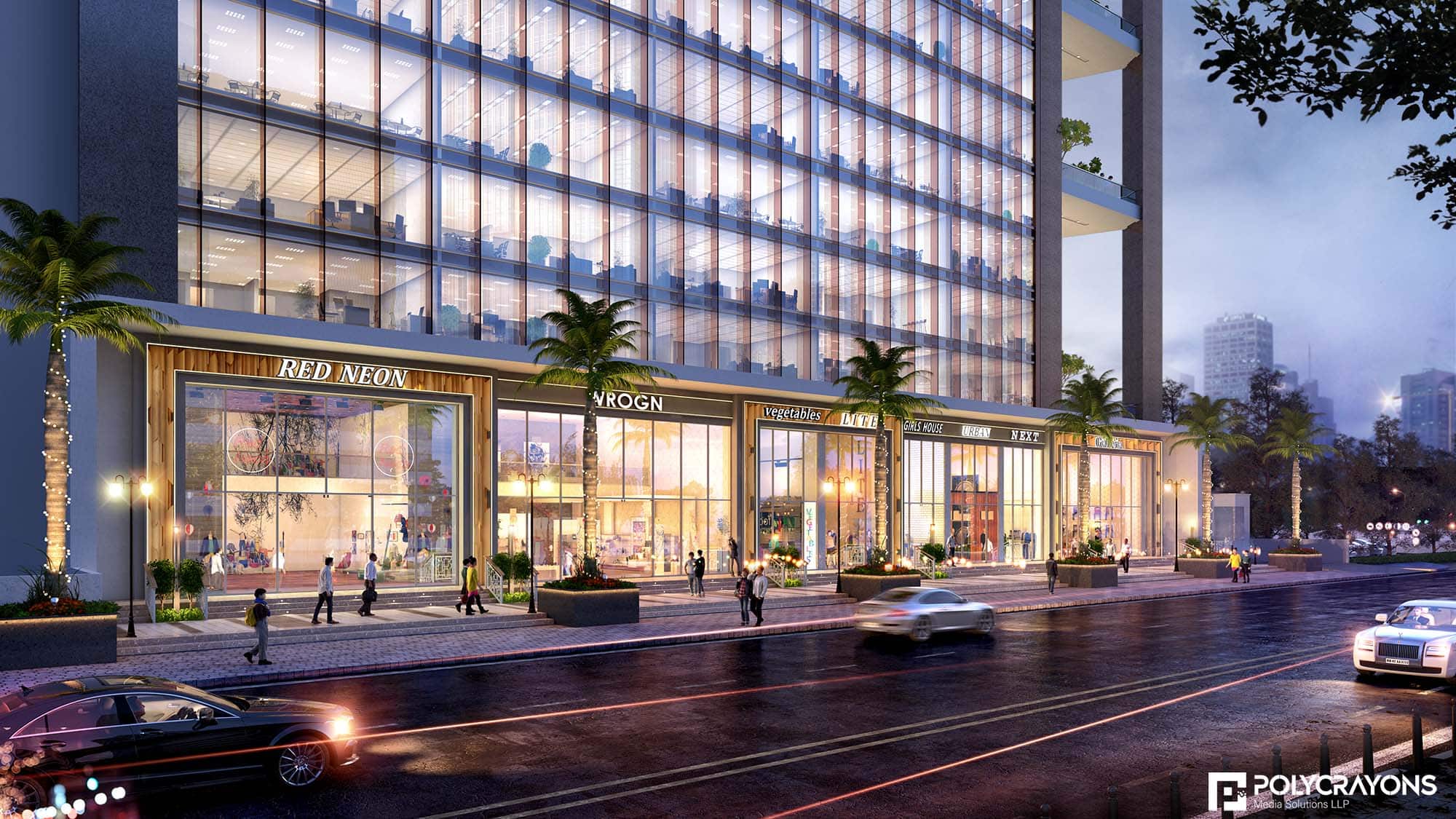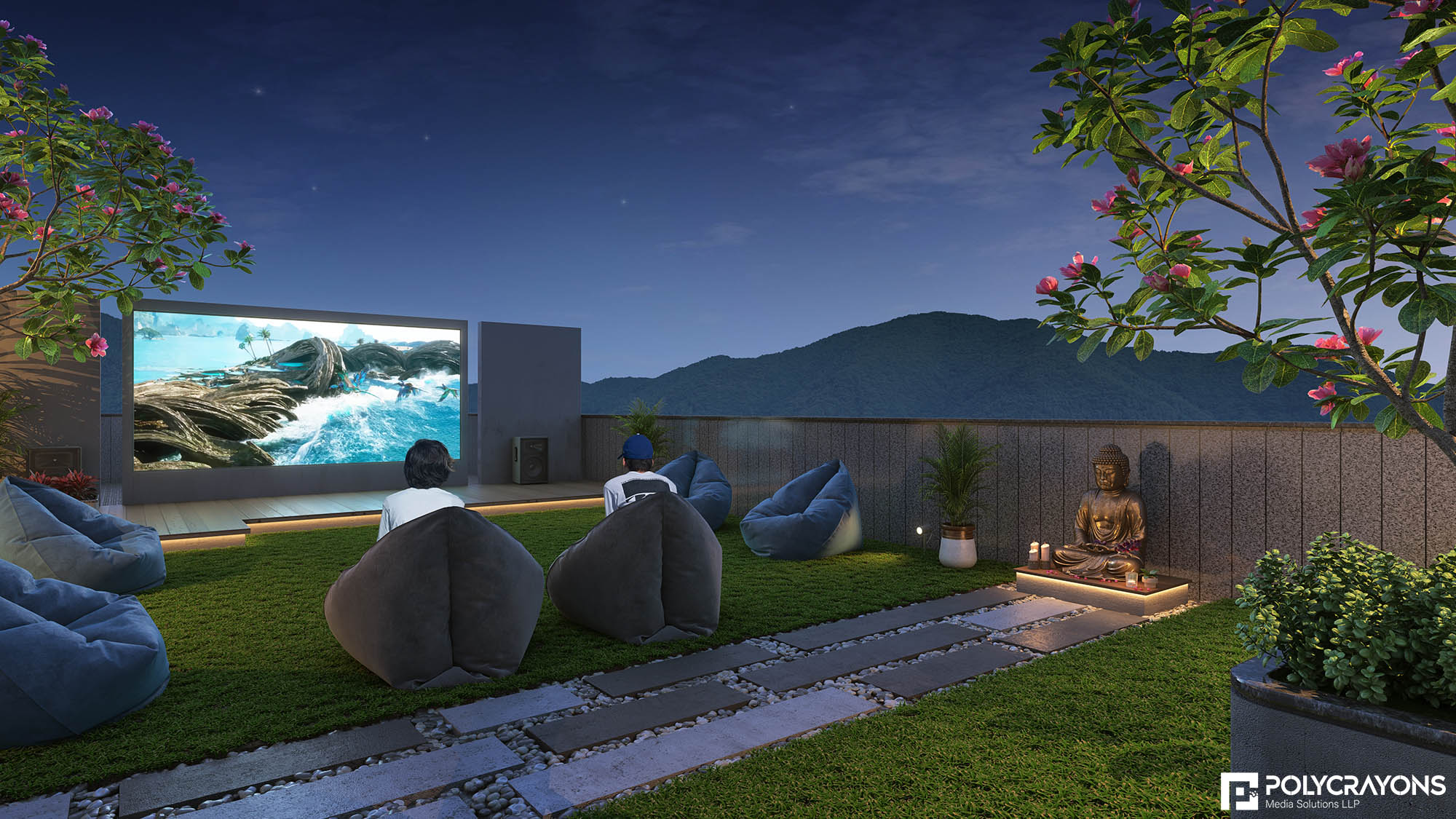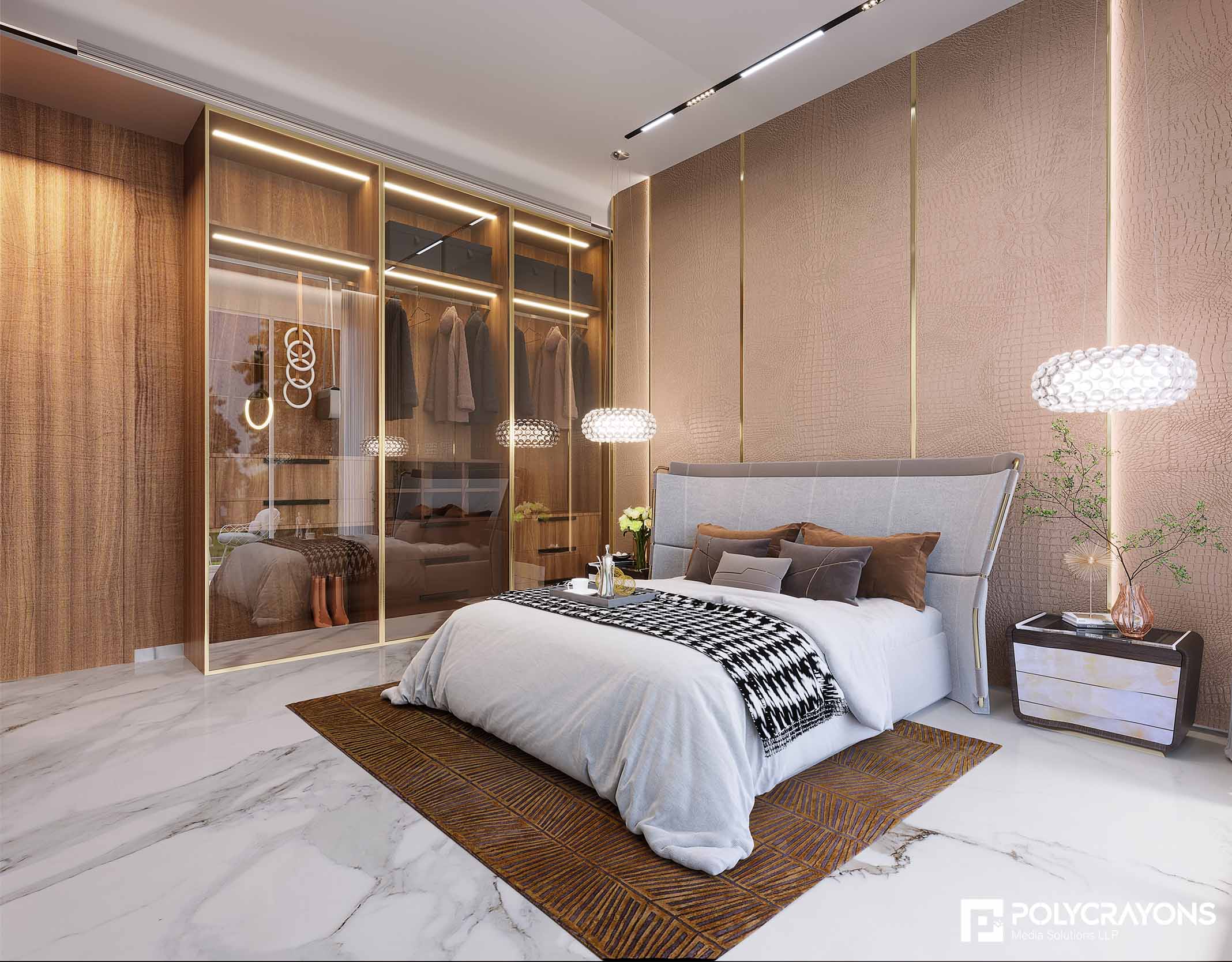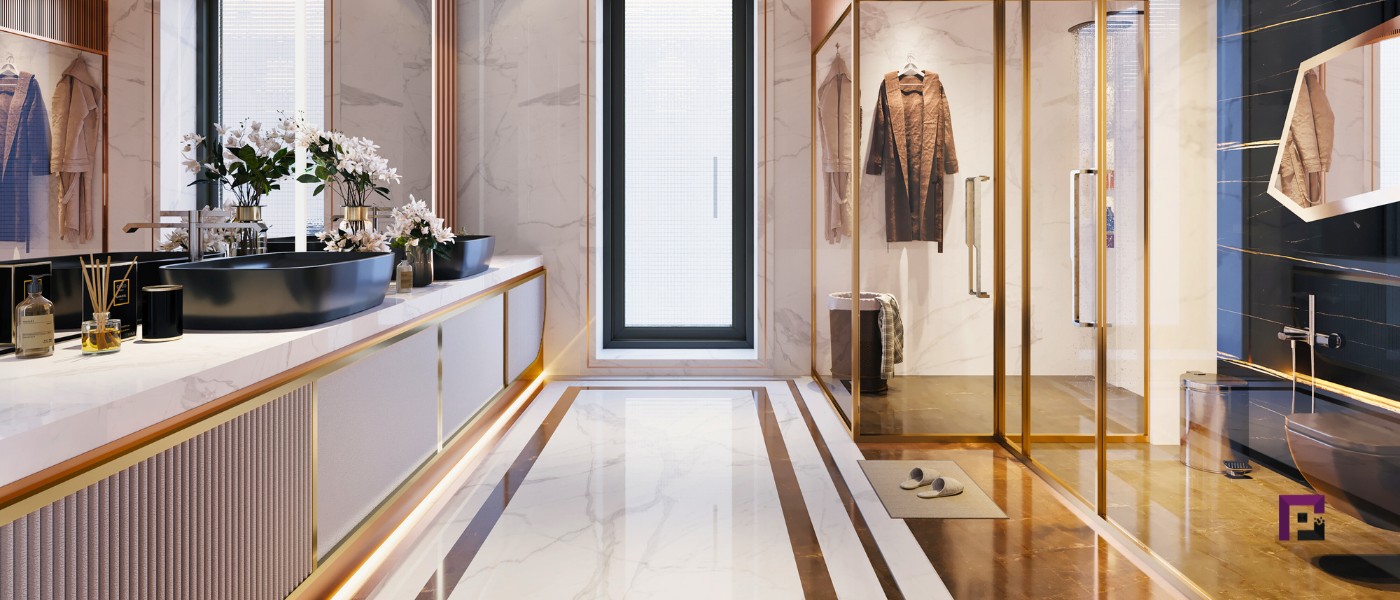How 3D Rendering is Revolutionising Interior Design and Construction
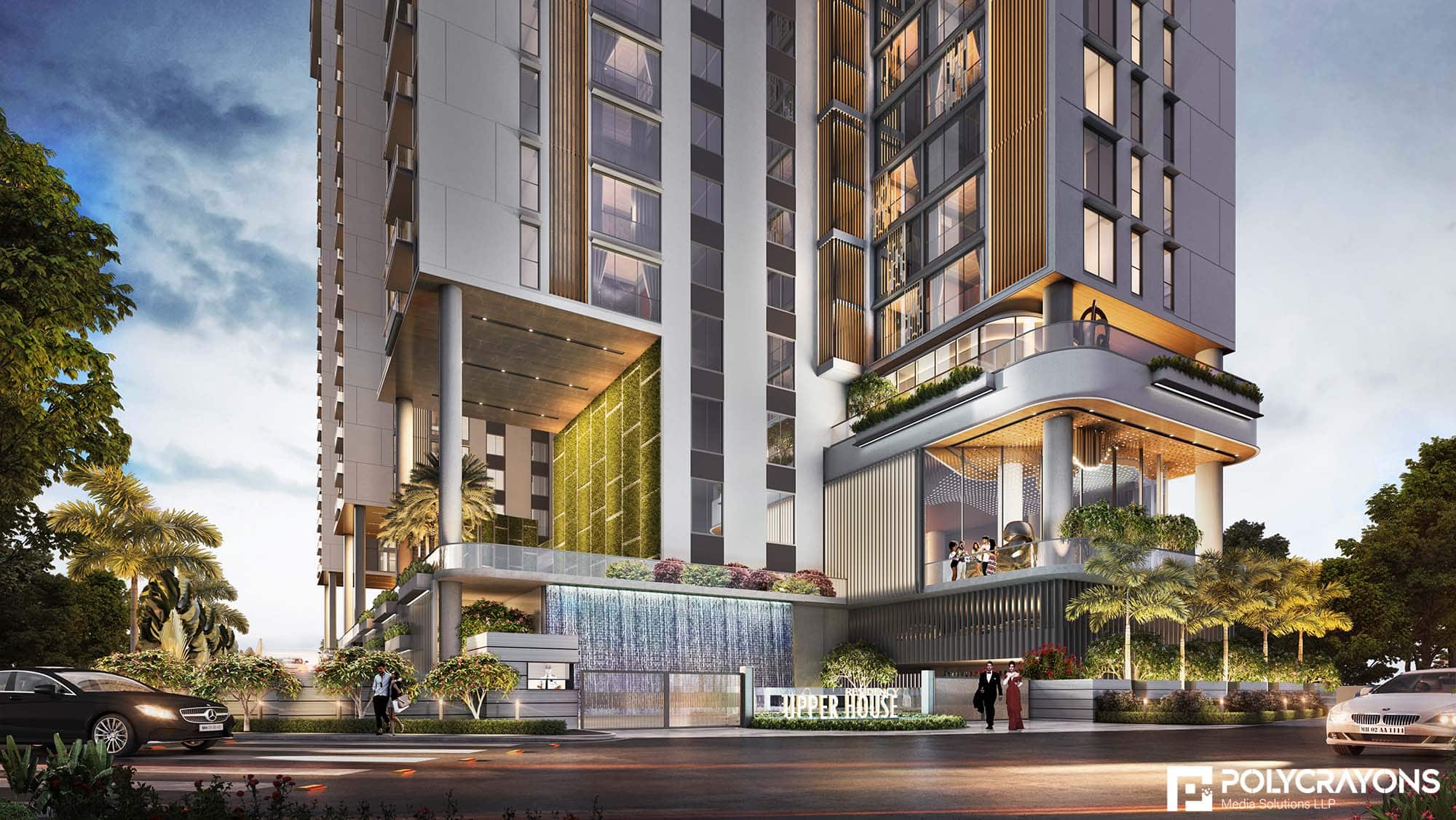
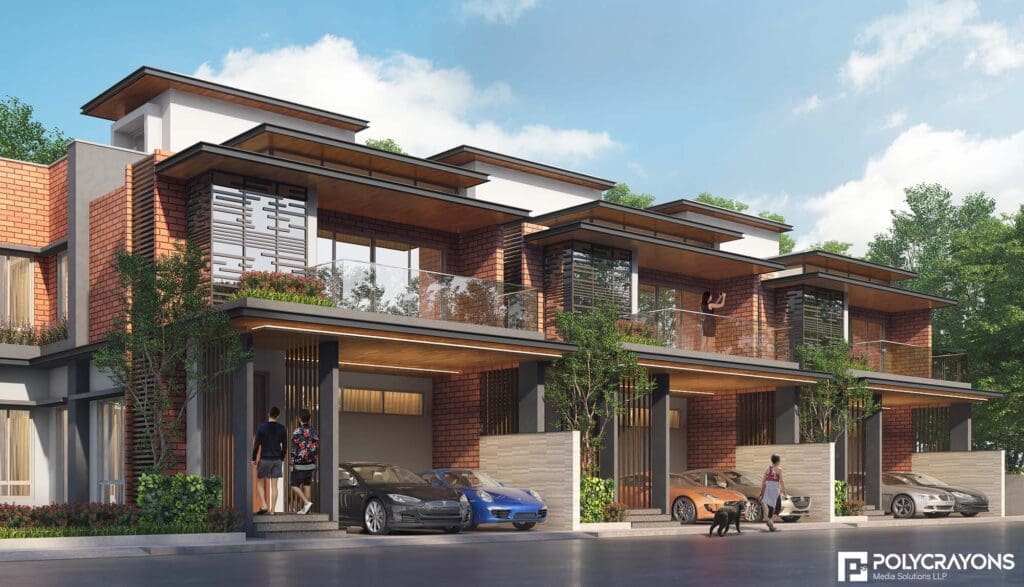
Introduction
In the ever-evolving world of interior design and construction, 3D rendering technology has emerged as a game-changer, reshaping the way designers, firms, and construction houses approach their projects. This transformative tool has transcended its origins and become an indispensable asset, streamlining processes, enhancing collaboration, and elevating creativity to unprecedented levels. In this article, we’ll delve into the profound impact of 3D rendering on the interior design and construction industries.
3D Rendering
1. The Bridge to Vivid Creativity
The days of relying solely on 2D sketches are long gone. Interior designers and construction professionals now harness the power of 3D rendering to bring their visions to life. With this technology, clients can vividly experience their designs as if they were already in the room. Expert designers consider every detail, from lighting and texture to color and mood, creating renders so lifelike that they are often indistinguishable from actual photographs.
One of the key advantages of 3D rendering is its flexibility. If a client wishes to change a design element, such as switching from carpeting to wood flooring in a modern home, this transformation can be executed in mere minutes. This efficiency fosters collaboration between clients and designers, resulting in quicker, more satisfying outcomes.

2. Identifying and Eliminating Flaws
3D rendering is a valuable tool for designers to identify potential flaws in their work before presenting it to clients. If a client seeks a specific mood for their space, designers can quickly assess whether their concept aligns with these expectations. This proactive approach minimizes the chances of costly revisions down the line.
Furthermore, 3D rendering software allows freelance interior designers and design firms to dedicate more time to troubleshooting their work. The result is a superior end product that requires less effort and resources than traditional 2D sketches alone.
3. Expanding the Horizons of Design
The applications of 3D rendering extend far beyond interior design; it also plays a pivotal role in architectural design. Just as the interior of a building requires careful planning, so does the exterior. 3D rendering enables architects to provide clients with a comprehensive understanding of their project’s appearance both inside and out.
4. Dynamic Visualizations with Animations
3D rendering isn’t confined to static images. It can be leveraged to create captivating animations that take clients on a tour of a project, providing a comprehensive view from every angle. This dynamic approach enhances presentations and leaves clients excited about the possibilities.
5. Walkthroughs: Immersive Exploration
Taking things a step further, 3D rendering enables walkthroughs that allow clients to independently explore interiors using a controller. This immersive experience can be customized to provide clients with a realistic view of their future spaces, earning their trust and excitement.
6. Virtual Reality: The Ultimate Immersion
Virtual reality (VR) and augmented reality (AR) are at the forefront of design. With VR goggles, clients can immerse themselves in the interior of their future spaces, experiencing every detail from different angles. This level of immersion is unprecedented and points to the future of rendering in interior design and construction.
7. Enhanced Communication and Collaboration
3D rendering isn’t just about stunning visuals; it’s a tool for effective communication. Many CAD software programs offer cloud-based technology, facilitating quick and easy communication with clients and team members. Renders can be shared, feedback can be collected, and changes can be made swiftly. This collaborative approach streamlines the creative process and can even reduce material and labor costs.
8. Paving the Way for the Future
The future of interior design and construction is undoubtedly intertwined with technology. As 3D rendering continues to advance, it opens doors to even more possibilities. Designers may soon be able to not only create but also 3D print custom furniture, further enhancing the efficiency and creativity of their projects.
9. Meeting the Expectations of the Tech-Savvy Generation
As Millennials mature and become more invested in their living spaces, they seek design solutions that align with their tech-savvy upbringing. High-tech firms that embrace 3D rendering are often favored by these clients for their comfort and familiarity with technology.
Conclusion
3D rendering has become an invaluable tool for interior designers, design firms, and construction houses alike. It facilitates creativity, enhances collaboration, and allows for immersive client experiences. As the technology continues to evolve, the interior design and construction industries are set to embark on a new era of innovation and efficiency, where every concept can be visualized with astonishing clarity and precision.
